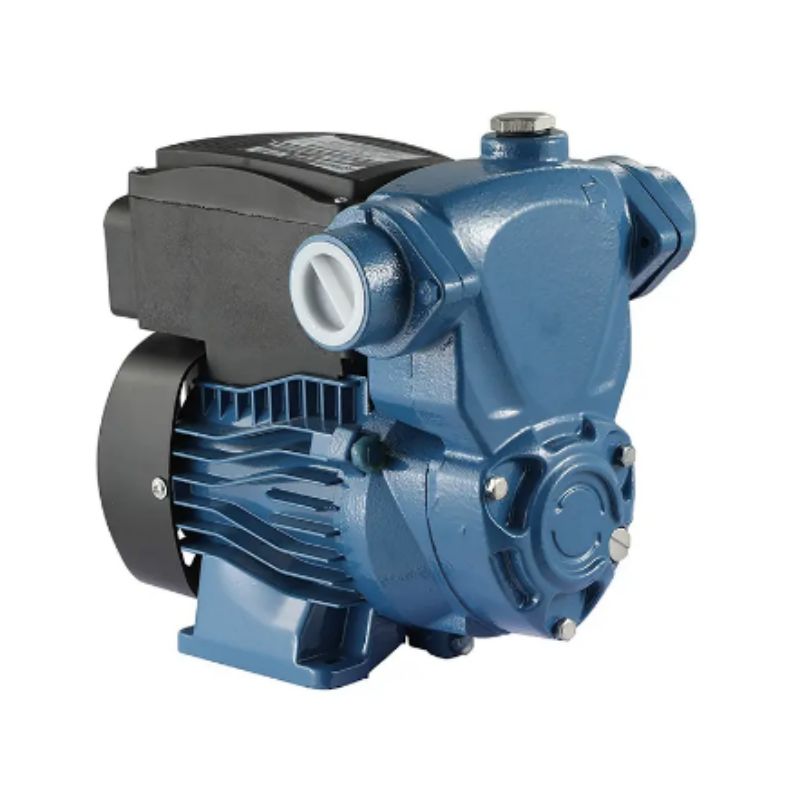Do you often struggle with low water pressure in your home? If so, you are not alone. Many households across the world face this common problem, which can be frustrating and inconvenient. However, there is a solution that can effectively tackle this issue: using a peripheral water pump. In this article, we will explore how these pumps can boost water pressure, making your everyday activities more efficient and enjoyable.
Firstly, let us understand how a peripheral water pump works. A peripheral pump, also known as a centrifugal pump, is a type of pump that uses centrifugal force to increase water pressure. It consists of a impeller, which rotates to create a centrifugal force that pushes the water towards the outer edges of the pump. This force then results in an increased pressure as the water exits the pump. By installing a peripheral water pump in your plumbing system, you can significantly enhance the water pressure in your home.

One of the key advantages of peripheral water pumps is their ability to be easily installed in existing plumbing systems. These pumps can be connected to the main water line, sending water through the impeller and increasing its pressure before distributing it throughout the house. Additionally, peripheral pumps are available in various sizes, making it easier to choose a pump that suits your specific water pressure requirements.
Boosting water pressure with a peripheral water pump offers numerous benefits for homeowners. Firstly, it ensures a steady flow of water throughout the house, eliminating the frustration of weak showers or slow-filling sinks. The increased pressure allows for quicker filling of water tanks, washing machines, or dishwashers, saving valuable time and energy. Furthermore, enhanced water pressure can improve the effectiveness of sprinkler systems or outdoor hoses, resulting in more efficient lawn maintenance and garden care.
Peripheral water pumps are especially useful in properties that rely on well water or have low water supply. By boosting the pressure of water obtained from wells or other sources, these pumps make it possible to enjoy adequate water pressure levels, even in remote or rural areas. This feature is crucial for maintaining a comfortable lifestyle and ensuring the seamless operation of household appliances.
When installing a peripheral water pump, it is important to consider certain factors to optimize its performance. Firstly, determining the correct pump size and horsepower is crucial to ensure optimal water pressure levels. Consulting with a professional plumber can help determine the appropriate specifications for your specific needs. Additionally, regular maintenance and inspections are vital to keep the pump in good working condition. These pumps are generally low-maintenance, but it is still important to check for any debris or blockages that might hinder the pump’s efficiency.
In conclusion, if you are tired of dealing with low water pressure in your home, a peripheral water pump can provide an effective solution. With their easy installation, ability to increase water pressure, and compatibility with various plumbing systems, peripheral pumps offer a convenient solution for enhancing water pressure. Remember to carefully consider the specifications, consult with professionals, and perform regular maintenance to ensure optimal performance. By investing in a peripheral water pump, you can enjoy the benefits of improved water pressure, making daily activities more efficient and enjoyable.
Post time: Nov-23-2023